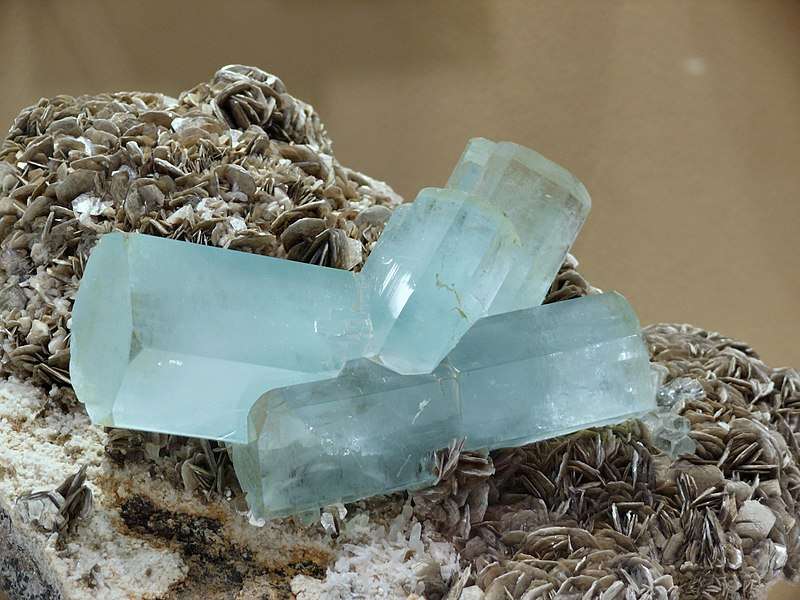
Appearance
Most people associate aquamarine with translucent blue stones. The deep green, high-clarity, fracture-free aquamarine form of beryl is more widely available and less expensive than emerald. In addition to being more visually appealing, high-clarity, fracture-free stones are also less prone to break while worn.
Geographical Distribution
There are several places in the world where aquamarine can be found. Geological elements including the presence of appropriate rock formations, certain geological locations, and hydrothermal processes affect its distribution and occurrence. Below is a summary of several prominent locations in Brazil, Madagascar, Nigeria, Zambia, Pakistan, and Russia where aquamarine can be found. Other nations that have aquamarine include Afghanistan, China, India, Mozambique, Namibia, Tanzania, and the United States (most especially, Colorado and California).
History
Aquamarine means “water blue,” however despite this, it was found in Siberia far from the sea when it was first discovered in modern times. By the end of the eighteenth century, substantial amounts were being extracted and shipped to Western Europe. It was 1723.
Metaphysical Properties
When it comes to gemstone meanings, aquamarine stands for joy, hope, and perpetual youth. Aquamarine was once supposed to protect people who were at sea. It was thought to instill fearlessness in sailors and keep them safe from enemies when sailing broad waters.

Chemical Composition
The chemical formula for aquamarine, a beryllium aluminum silicate mineral, is Be3Al2Si6O₁₈. It is a member of the wider beryl mineral family, which also contains jewels like heliodor, morganite, and emerald.
Uses
When it comes to gemstones and jewelry, aquamarine is a gemstone with a lot of gemological value. The following are the main points about the value and applications of aquamarine in gemology:
- Gemstone and Jewelry: Because of its compelling blue to greenish-blue color, transparency, and brilliance, aquamarine is highly prized as a gemstone. It is frequently faceted and cut into a variety of gemstone forms, including unusual bespoke cuts and classic shapes like oval, emerald, pear, and round. Gemstones called aquamarine are frequently used in jewelry, including bracelets, necklaces, earrings, pendants, and rings. They can be set as a solitaire or in combination with other gemstones in a variety of metal settings, such as gold, silver, and platinum.
- Collector’s Gemstone: Gemstone collectors seek for aquamarine, particularly uncommon and high-quality specimens. Aquamarine is prized by collectors for its intensity of color, transparency, clarity, size, and general beauty. Aquamarine is prized by gemological collectors for its distinctive color spectrum, remarkable clarity, and the inclusions or natural characteristics that give the gem individuality.
- Museum Specimens and Exhibitions: Gemstones and large remarkable aquamarine crystals may end up in mineral, gemstone, and natural history museum collections or exhibitions. In addition to their size, uniqueness, and beauty, these specimens are treasured for their scientific worth since they shed light on the geological processes that shaped them.
Table





